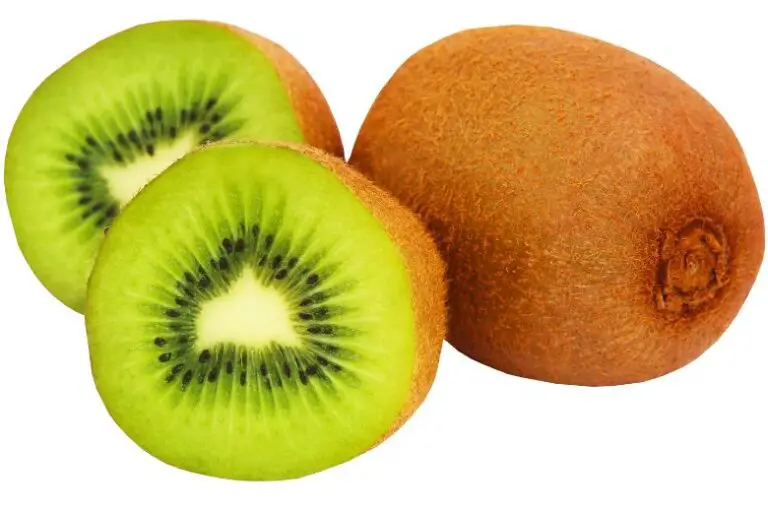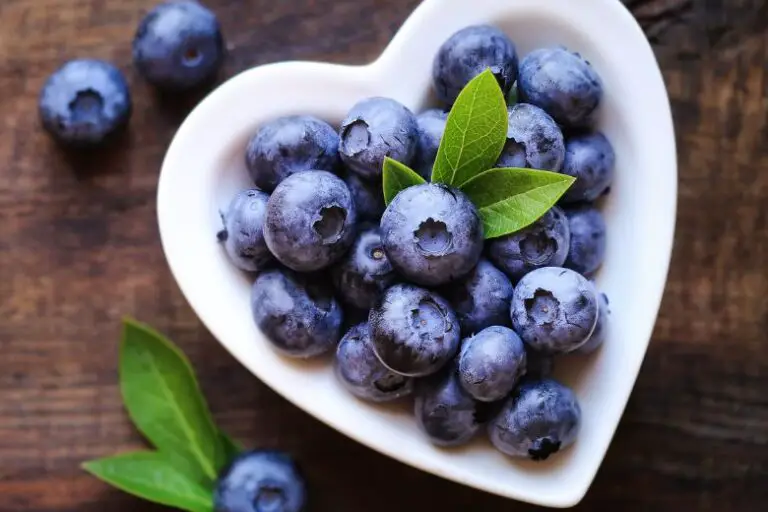Are There Star-Shaped Grapes
Grapes come in various shapes, sizes, and colors, each offering a distinctive taste and culinary experience. Among the many intriguing grape-related questions, one that often emerges is whether there are star-shaped grapes. This curiosity sparks interest not only among fruit enthusiasts but also among those who appreciate the marvels of nature.
The Diversity of Grape Varieties
The world of grapes is incredibly diverse. From the common spherical grapes we often see in supermarkets to elongated and even oval shapes, the variety is astonishing. Grapes also come in an array of colors, including red, green, purple, and black. This diversity arises from centuries of cultivation, crossbreeding, and natural genetic variation.
The Quest for Star-Shaped Grapes
While star-shaped fruits exist in nature, such as star fruit (carambola), star-shaped grapes are not a standard variety found in the grape world. The quest to create or discover star-shaped grapes has intrigued horticulturists, grape enthusiasts, and even geneticists. However, to date, no natural or engineered grape variety perfectly mimics the iconic star shape.
Unveiling the Truth
The star-shaped appearance of grapes often mentioned in anecdotes or depicted in artistic representations might stem from irregular growth patterns or rare mutations. However, these occurrences are far from the norm. Most grapes tend to follow a more conventional spherical or oval shape due to their biological composition.
The Science Behind Grape Shapes
The shape of a grape is determined by factors such as genetics, cellular growth, and environmental conditions. A grape’s skin contains cells that divide and expand, influencing its final shape. While the exact mechanisms are complex, they contribute to the overall appearance of the fruit.
Unique Grape Varieties You Should Know
While star-shaped grapes might not be prevalent, the world of grapes offers numerous other unique varieties. Some grapes are so tiny that they resemble berries, while others can be as large as plums. Cotton Candy grapes, known for their strikingly sweet flavor, and Witch Fingers grapes, with their elongated and pointy shape, are just a couple of examples that showcase the diversity within the grape family.
Cultivating Uniqueness: How Grape Varieties Develop
The process of developing unique grape varieties involves selective breeding, where horticulturists cross different grape types to create new and exciting cultivars. This method has led to the creation of grapes that taste like cotton candy or even gummy bears, appealing to those with a sweet tooth.
Grape Tasting: A Journey of Flavors
Participating in a grape tasting event can be a delightful adventure. From the juicy burst of Muscat grapes to the rich depth of Concord grapes, each variety offers a distinct flavor profile. Tasting events often celebrate this diversity, allowing participants to explore the nuances of different grapes.
The Allure of Uncommon Grapes
The scarcity of certain grape varieties adds to their allure. Limited production and availability can make these grapes highly sought after, turning the experience of enjoying them into a special occasion. The anticipation of trying a unique grape can elevate the tasting experience.
Grape-Related Myths and Misconceptions
Misconceptions about star-shaped grapes are just one example of the myths that surround this fruit. Some believe that grapes continue to ripen after being picked, but in reality, they cease to ripen once plucked from the vine. Separating fact from fiction can enhance our appreciation of grapes.
Growing Your Own Grapevine: Possibilities and Realities
If you’re intrigued by grapes and horticulture, you might consider growing your own grapevine. While cultivating grapes can be rewarding, it requires careful planning and maintenance. Factors such as climate, soil quality, and proper pruning play crucial roles in successful grape cultivation.
From Vine to Table: The Grape Harvesting Process
Harvesting grapes involves a delicate balance between timing and technique. Grapes must be picked at the optimal moment to ensure the best flavor and sugar content. Whether harvested by hand or machine, the careful handling of grapes is essential to preserve their quality.
Pairing Grapes with Culinary Delights
Grapes aren’t just for snacking; they can also be a fantastic addition to various dishes. Their natural sweetness can complement savory flavors in salads, cheeses, and charcuterie boards. Exploring grape pairings opens up a world of culinary creativity.
The Remarkable World of Wine Grapes
No discussion of grapes is complete without mentioning wine grapes. The grapes used to make wine are carefully selected based on factors like sugar content, acidity, and tannin levels. Each wine grape variety contributes to the complex and diverse world of wines enjoyed by connoisseurs globally.
Conclusion
In the realm of grapes, star-shaped varieties might remain a captivating idea rather than a widespread reality. However, the diversity of shapes, sizes, and flavors within the grape family is a testament to nature’s creativity. As you enjoy your next bunch of grapes, take a







